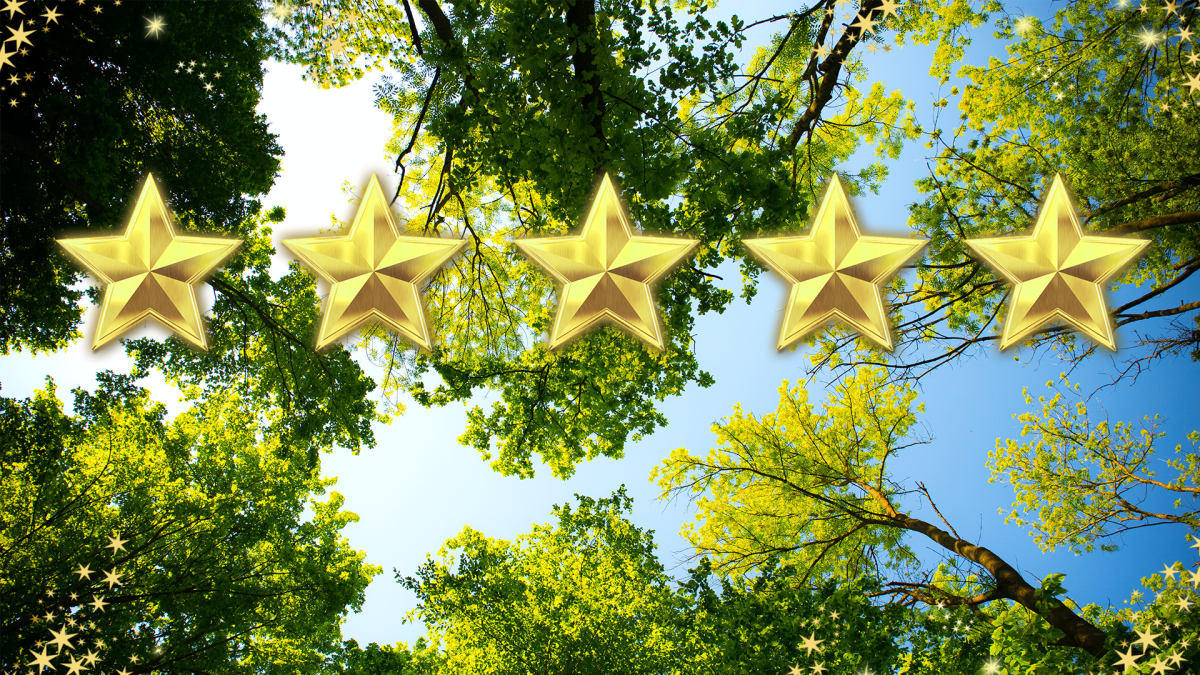Lesson 2 of 4 Students will investigate and research key factors that impact urban heat islands. Equipped with evidence, students will draft a scaled drawing of a master-planned community applying
This STEM lesson takes place in a science classroom after students have explored the differences between substances (in the solid, liquid, and gas states), and energy transfer. It is intended to last
In this lesson, students will learn about the history of flight and the technological advancements that led to modern aviation. Students will learn about how the study of birds and other flying
This is the 3rd lesson in the series. In this lesson, students will select one building from their master-planned community to construct a 3D model that absorbs/releases 8% less than the surrounding
In this hands-on lesson, students build small-scale wind-powered cars. They construct an understanding that energy is transferred from the wind to the sail car. Students explain how they used
This hands-on lesson allows students to investigate how the length of a piece of string affects the speed and centripetal force on an object moving in a circular path at a constant speed and use
This is a multiple-day lesson plan based on Newton's 3 Laws of Motion. Students begin the lesson by collecting data observing coins moving across a table. After making the observations, students will
This lesson allows students to explore the Law of Conservation of Mass through a balloon lab activity using baking soda and vinegar. Students will be able to develop a model to describe their findings
In this hands-on lesson, students are challenged to build shelter. They will learn that everyone needs shelter. Students will learn what materials might make the best shelter. Students will test
In this hands-on lesson, students will have a teacher read aloud: "Rosie Revere, Engineer" and discuss the importance of perseverance and imagination while creating, building, and testing. They will
In this Part 1 of 2, students will be building background knowledge on the human eye and camera. Students will be looking at the structure and function of both. Students will be working in small
This lesson can be used to reinforce physical science standards, engineering design concepts, and collaboration. Students will work with a National Geographic Magnetic Marble Run to construct a basic
In this engaging lesson, students use a voltmeter tool. They will measure the milliamps of electricity in sports drinks to see which brand or flavor has the highest concentration and therefore more
Students learn about celestial and transitory objects in the sky while creating a piece of art depicting a constellation. The constellation can be seen during the day by holding it up. It helps
This lesson is about geometric shapes. Student will watch videos about the solar system. They will view the geometric shapes in the solar system and draw pictures of them.
This is part 3 of a unit. Links to the first 2 lessons are included. This lesson focuses on building the base for the Ferris wheel. Students are encouraged to design and create a base that is wide
In this hands-on lesson, students will explore a solar panel kit. They will measure all aspects of the kit and create a scale drawing, using proportions.
This lesson allows students to conduct an interesting research project about Arizona's nuclear power plant, Palo Verde Generating Station, and its waste management practices today. This leads to
In this lesson students will be creating a geometric design to create a stained-glass window. They will then assemble the window with pretzel rods, royal icing and melted Jolly Ranchers. Students can
Today we will learn how ice cream is made and then make some ourselves. To do this we will: Listen to an informational text describing how ice cream made and compare that information with our prior
In this hands-on lesson, students use making lemonade to practice lab procedures, measurement and ratios as well as learning about temperatures affecting saturation points.
Featured Lesson Plans
Check out these notable lesson plans.

Ballooning Spider Phenomenon
Lesson Description: In this first-grade lesson, we will learn about the amazing world of spiders! We'll start by exploring the life cycle of a spider, from when it hatches to how it grows and changes

Pocket Creature Build Challenge
In this build challenge, students will work in teams build a small creature out of recycled materials that serves a purpose. This outstanding lesson is easily customizable to engage in various science

This is the 3rd and final lesson in a series of 3. In this 8-week project, 6th-grade students will collaborate in small groups to create eco-friendly inventions that aim to reduce their carbon


